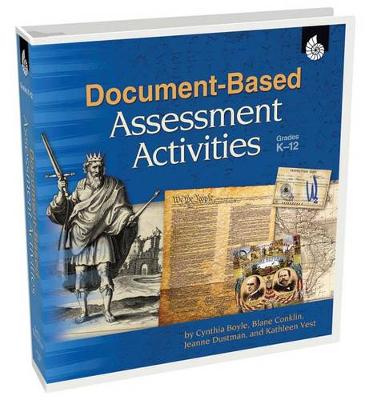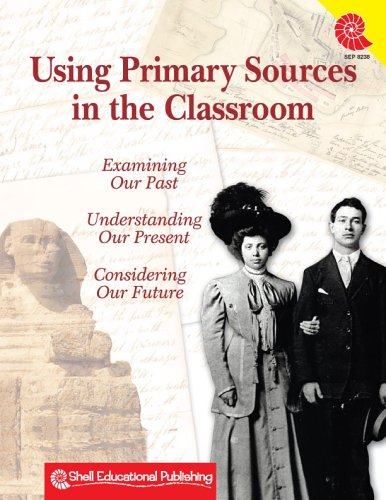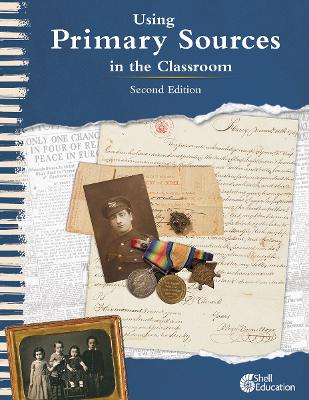Professional Resources
3 total works
Document-Based Assessment Activities
by Cynthia Boyle, Kathleen Vest, Blane Conklin, and Jeanne Dustman
Published 15 July 2009
Take students beyond textbook history to explore various people and events from ancient Egypt through the 20th Century using primary sources. Students will develop critical-thinking and essay writing skills as they analyze the various documents including photographs, posters, letters, maps, and more. Multiple social studies topics are included for grades K-3, 4-8, and 9-12. This resource includes engaging digital resources and is aligned to College and Career Readiness and other state standards.
Developed by social studies specialists, this resource helps teachers turn classrooms into primary source learning environments. Using paintings, photographs, documents, public records and oral histories, this engaging book offers effective, cross-curricular strategies for integrating primary source materials. This teacher resource is aligned to state and national standards and supports college and career readiness.
Teaching with primary sources can be overwhelming to teachers who have minimal time to teach social studies. Turn your classroom into a primary source learning environment with this easy-to-use resource that has everything you need to incorporate primary sources into today s classrooms. Primary sources provide firsthand accounts of history that will capture students curiosity about the past. Students who observe, reflect on, and question primary sources understand history at a deeper level than students who only learn about social studies through textbooks. With more than 100 digital primary sources, this book delves deeply into a wide variety of primary sources and details how they can be used in any K 12 classroom. Model lessons for three grade ranges (K 3, 4 8, 9 12) reduce teacher prep time. With fun and engaging activities and a chapter devoted to strategies for using social media posts as primary sources in the classroom, this resource is essential for today s social studies classrooms.


